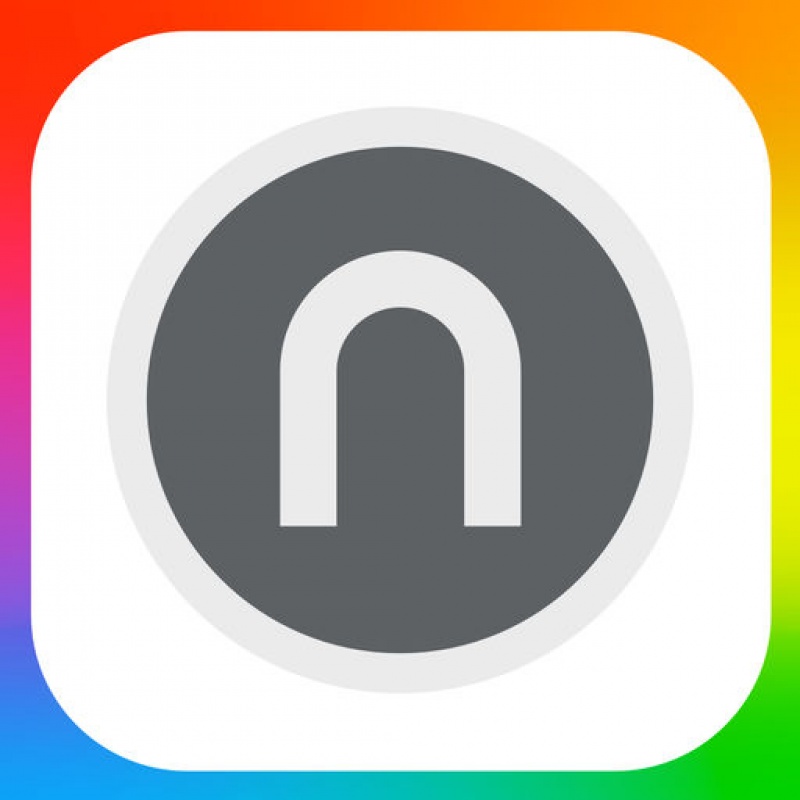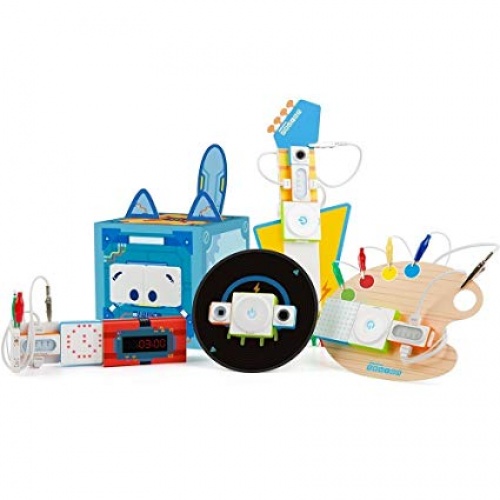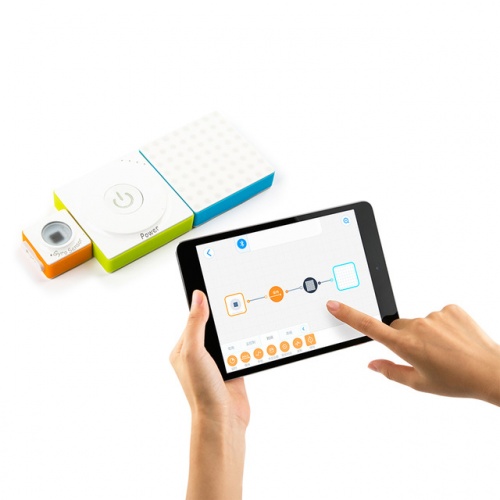
Makeblock Neuron
Makeblock Neuron is a programmable electronic building block platform for STEM education. It contains over 30 kinds of blocks with different functions, so creators can build a variety of innovative projects.
Neuron can be used both offline and online. The Flow-Based Programming is accessed via the Neuron App and Neuron can also be programmed using mBlock. Both enable advanced features like IoT and Microsoft Cognitive Services. The blocks are compatible with other Makeblock products and other platforms too. Neuron is accompanied by ready to go projects and tutorials, making it easy to get started.
The pedagogical analysis covers how the product supports learning of the identified skills. The student’s role is assessed by four contrary pair parameters, which are selected to cover the most essential aspects on the use of the product.
The following are the high educational quality aspects in this product.
The supported learning goals are identified by matching the product with several relevant curricula descriptions on this subject area. The soft skills are definitions of learning goals most relevant for the 21st century. They are formed by taking a reference from different definitions of 21st century skills and Finnish curriculum.





User reviews for Makeblock Neuron
You need to log in to post a review.